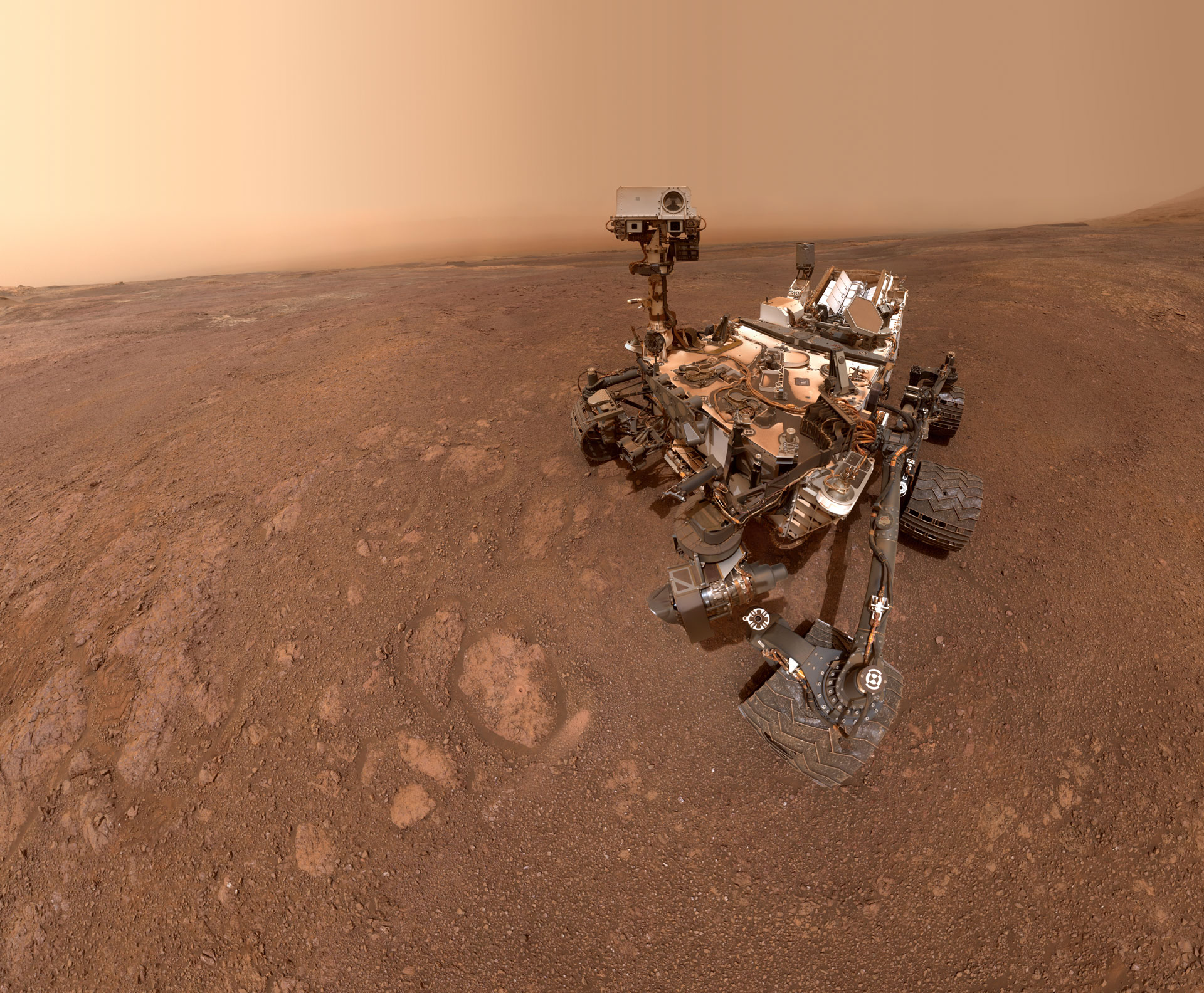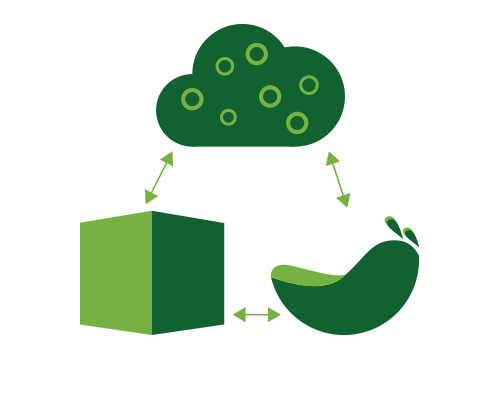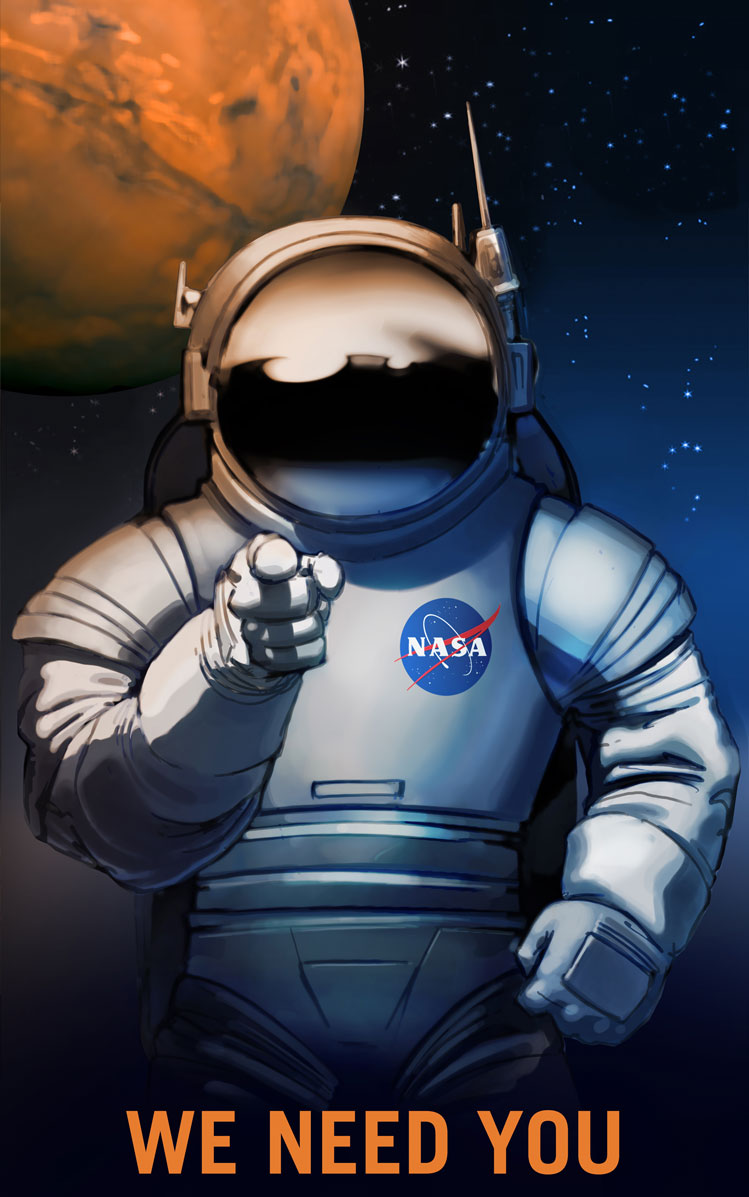What to Pack
Inflatable Lunar Mars Analog Habitat UND
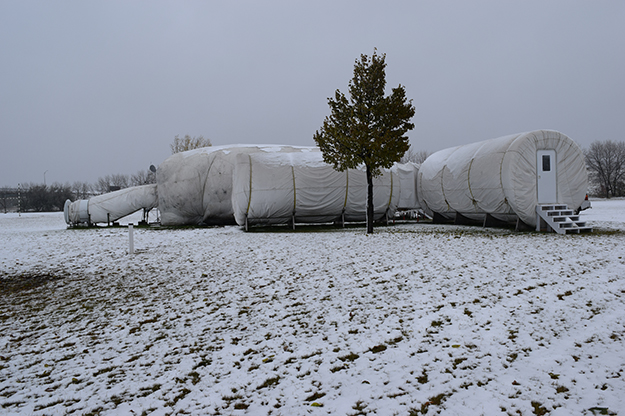
Thin atmosphere, radiation, and frigid temperatures make Mars a tricky place for real estate development. Humans will need environmental control and life support systems to survive. The good news is that we don’t have to transform the entire planet into “Earth 2.0.” For now, a home on Mars just has to function for scientists to live and work.
An Inflatable Lunar Mars Analog Habitat (ILMAH) project is underway at the University of North Dakota. The research being done through the space studies program is tracking how people on Mars might live and work.
Think of living in a submarine habitat. It would be a lot like that, only way more expensive. Since construction materials and other necessities would have to be sent to Mars from Earth, Mars would be the most expensive housing in the universe. But what a view, right?
Oxygen Generator
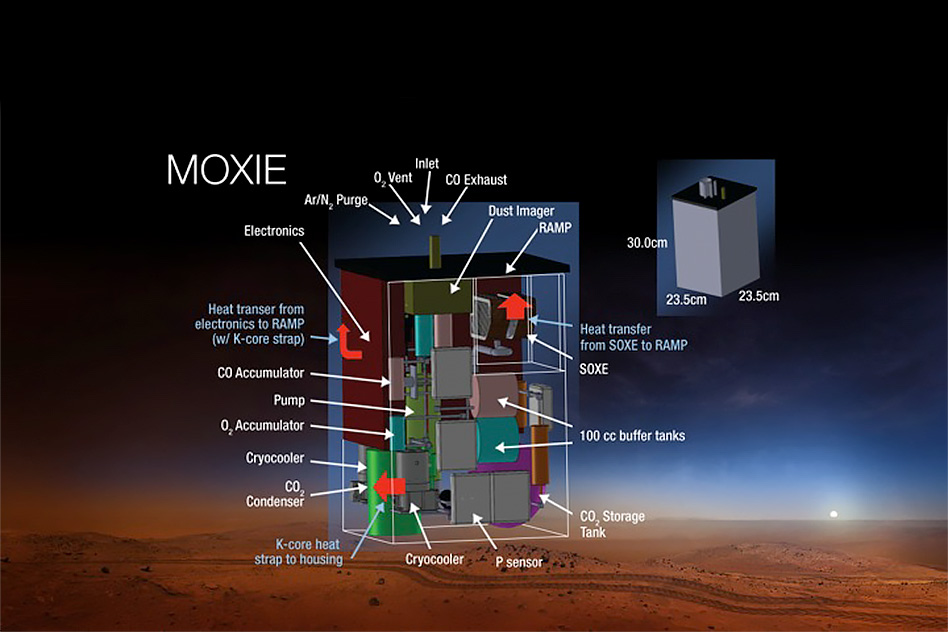
You will need to breathe. The harsh truth is there is no place to pull over and pick up some sweet oxygen for the next 33.9 million miles/54.6 million km once you leave Earth. Most of Mars’s atmosphere is carbon dioxide (CO2), one of the most tightly bound molecules. You can separate it, but it’s going to take a lot of work. If you figure out this puzzle, homemade Mars liquid oxygen could provide more than 75% of the propellant humans need for Mars exploration.
Solar Generator
Solar radiation can be made into electricity by solar cells (photovoltaic cells).

Mars is not a good place for a dead battery, especially since Mars is 1.5 times as far from the Sun as the Earth. Therefore: if you’re going to solar power your gear on Mars, you’re going to need 2.25 times more solar panels in order to generate the same amount of energy you would on Earth. Chalk it up to another hazard of being a pioneer.
Water
In ancient Mars history, our planetary neighbor had running water.
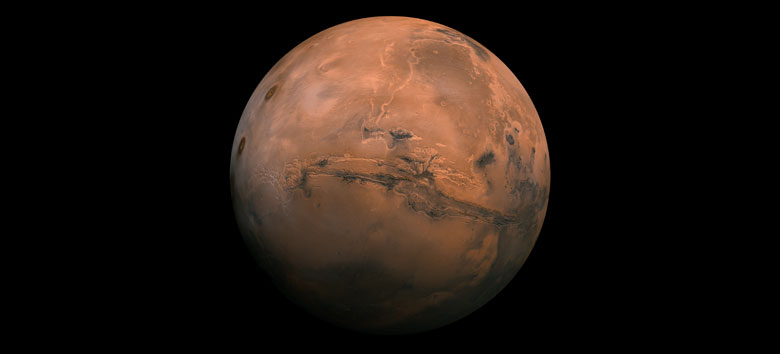
Water is the basis for life as we know it. We’re probably going to have to bring from Earth whatever water humans will have with their Mars starter kit. Humans are going to need to recycle what’s available and make hard decisions about where to use every drop. Some people theorize a future on Mars where humans harvest their water on comets. Others think that bringing along a tank of hydrogen and using the atmosphere, which is mostly CO2 (carbon dioxide), is the way to go for making water. How do you think people could bring, make, save, and recycle water on Mars?
Fashion
Space suits are like personal spacecraft that you can wear.
Their job is to protect the astronaut from the dangers of space. Pablo de León, UND

A special kind of suit is required to protect the astronauts on Mars. The Department of Space Studies at the University of North Dakota (UND) has been involved in researching the area of planetary space suit systems since 2005. The North Dakota Experimental-1 (NDX-1) Mars Prototype suit was the first planetary space suit built at the university level. The prototype has been successfully tested by conducting surface operations jointly with NASA in a number of extreme environments. These extreme environments include the Badlands region in North Dakota, the Mars Desert Research Station (MDRS) in Utah, the Marambio base in Antarctica, and the Pilbara region of Australia.
All the research gathered with the NDX-1 has been fully utilized as background research for the construction of a second suit, the NDX-2, which is currently being developed and tested by students at University of North Dakota.

